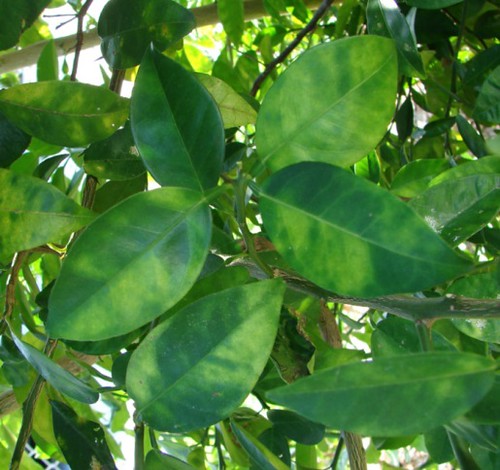
If you are like millions of other Americans, there’s a chance you have a citrus tree or two growing in your yard. As a residential citrus grower, it is very important to check your trees regularly for signs of disease.
A diseased tree in your yard may seem like no big deal; however, it can easily spread disease to other nearby trees and make its way to large commercial groves where significant damage can be done. If citrus disease were to spread out of control, it has the potential to destroy the entire U.S. citrus industry, causing the loss of billions of dollars and millions of jobs.
Fortunately, USDA has made it easy to report suspected citrus disease through the Save Our Citrus website and smart phone reporting application, available in both English and Spanish. Thanks to your help, 540 suspected cases of citrus disease have been reported across the United States. Fourteen of these reports were confirmed to be citrus greening disease, also known as Huanglongbing (HLB).
Citrus greening is one of the most severe plant diseases in the world. The disease has been detected in California, Florida, Georgia, Louisiana, Texas, and South Carolina, as well as Puerto Rico and the U.S. Virgin Islands.
The most commonly reported symptoms of suspected citrus disease from residents are related to discoloration of the leaves. More than 60 percent of reports submitted through the Save Our Citrus program cited spotted or blotched leaves, or leathery leaves with yellow or clear veins.
While these symptoms are telltale signs of citrus greening disease, abnormal looking citrus leaves can also be the result of other factors such as unfavorable weather or overwatering. This can make it difficult to distinguish serious disease from a harmless case of overwatering. To avoid confusion, the Save Our Citrus website now includes a list of tips to distinguish common leaf problems: Common Citrus Leaf Symptoms.
However, if you do suspect your tree may be infected, please don’t hesitate to report it through the Save Our Citrus website or iPhone app. A mistaken case of disease is harmless compared to an undetected disease that spreads to other healthy trees.

